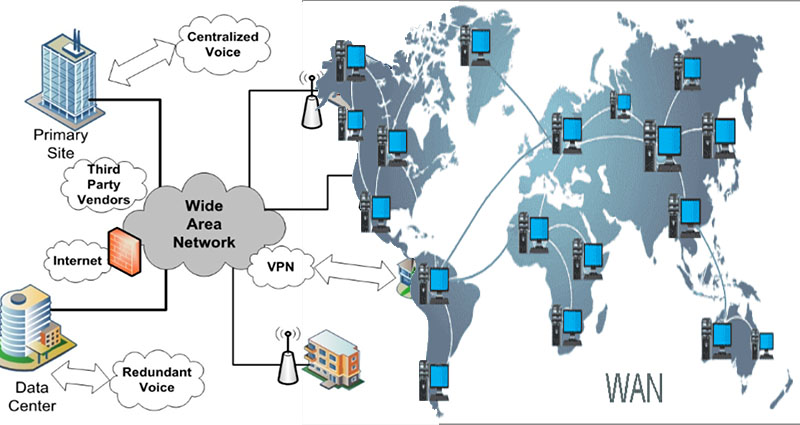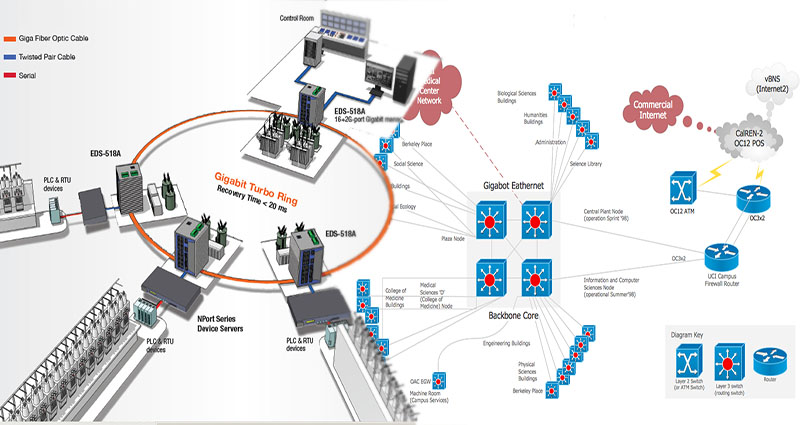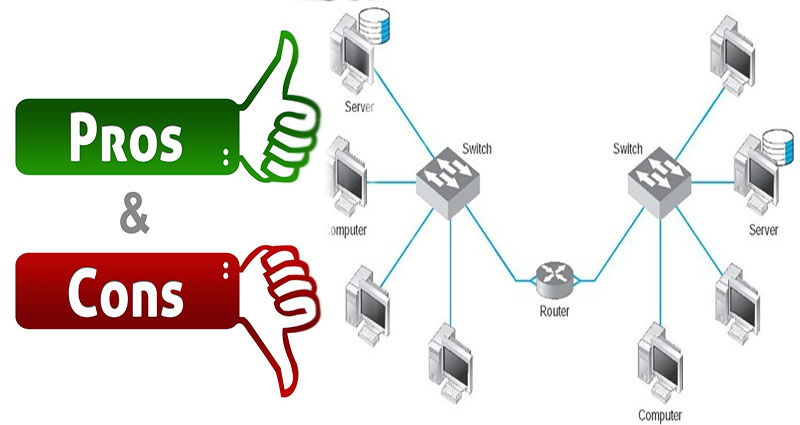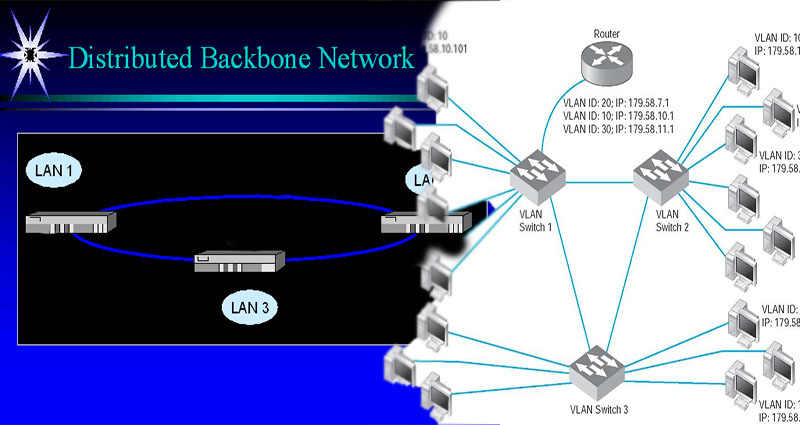Best Modem Router Combo for Xfinity: A Comprehensive Guide
In today’s digitally connected world, having a reliable modem router combo is essential for smooth internet connectivity. For Xfinity users, selecting the best modem router combo is crucial to ensure optimal performance and compatibility with their internet service. With numerous options available in the market, finding the perfect modem router combo can be overwhelming. This comprehensive guide aims to simplify the selection process by highlighting the top modem router combos for Xfinity, considering factors such as performance, features, compatibility, and value for money.
Understanding Xfinity Internet Service
Before delving into the best modem router combos for Xfinity, it’s essential to understand the specifics of Xfinity internet service. Xfinity, offered by Comcast, is one of the largest internet service providers in the United States, serving millions of customers nationwide. Xfinity offers a range of internet plans, including cable, fiber, and hybrid-fiber coaxial (HFC) technologies, with varying speeds to cater to different … Continue reading >>>












